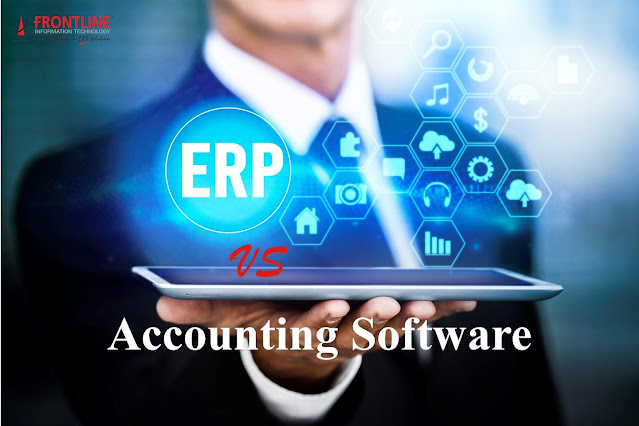How to Clean Data for an ERP Implementation
Access to current and historical data is one of the top benefits
of an ERP system. But if that data in inaccurate or untrustworthy, it can
compromise quite a bit of the worth of the system — and frustrate the users to
no end. It’s no secret that a good data cleaning strategy must be in place
long before switching over to a new ERP system, but organizations continue to
persist in the idea that they can migrate everything they have over to their
software and the software will somehow magically scrub and standardize it.
That’s just not the case. And if they’re counting on their ERP vendors to help
them, they’re in for a real surprise. Data migration is such an onerous and
extensive task that many vendors simply leave it up to the implementing company
to figure out. Suffice it to say, organizations need to get their data strategy
set and begin working on it long before the cutover date.
Following are some basic tips on how to approach cleaning
historical data for an ERP implementation:
1. Decide what you really, really need. An
enterprise software implementation is a great opportunity to “clean house.”
Organizations tend to hoard data, believing that someone, somewhere down the
line just might need that one nugget of information and if it can’t be found —
disaster will strike. The problem with this attitude is a. there’s a lot that
no one will ever need and b. dragging it all over to a new software system will
take time, money and effort that can be better spent elsewhere. A person or
team with the proper authority needs to be tasked with working with different
departments to determine what’s truly necessary to keep and what can be
jettisoned. Even the IRS doesn’t make you records for more than a few years!
2. Put some elbow grease into it. Now
that you’ve decided what you need, it’s time to really get cracking on the
cleaning part. Don’t make the mistake of giving this task to the IT department;
instead, ensure they work together with the functional users in
each department to standardize the records, validate the information, de-dupe,
input missing data, etc. Bear in mind that the specifics of data cleaning
(e.g., in-system vs. Excel) will likely need to be determined with the help of
a third-party consultant, especially if your organization is dealing with
industry-specific regulatory requirements.
3. Migrate and test. Discover if you’re on
the right track with your data by migrating it to the test environments and
taking a looksee. I’ve made this sound much easier than it actually is. In
reality, this will take quite some time and typically require the development
of a lot of unique code, so don’t make the mistake of leaving it until the last
minute. The better this is managed, the smoother your transition to your new
ERP system will go.
People
often compare data migration to moving houses. You’ve got to decide what to
bring with you, clean everything up that you want and make sure it all fits in
the new structure accordingly. This analogy is accurate in a way. You can
probably get a closer read on the situation by adding to it that your part of a
family that hasn’t thrown anything away in years and doesn’t know how to make
decisions about what to keep or toss. Oh, and the house you’re moving into is
incredibly strict about what you can bring in and if you bring something wrong,
it will lock down and throw you out.




Comments
Post a Comment